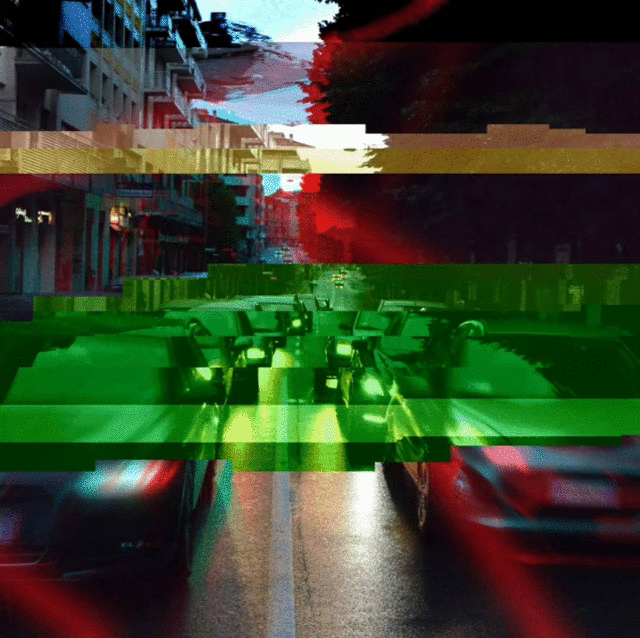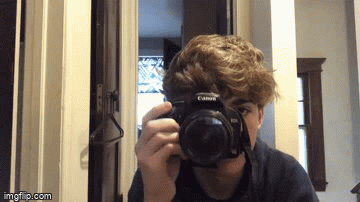New digital asset class is taking over
April 20, 2021
New to the digital market scene are NFTs which stands for non-fungible tokens. They are based in Blockchain which is a cryptocurrency database that provides services like cryptocurrency wallets and exchanges. People can exchange their money back and forth through buying, selling, and exchanging their digital assets like NFTs.
NFTs are similar to cryptocurrencies like Bitcoin and Ethereum because of their digital worth. They are unique because they are one of a kind which is where the value comes from. They have their own identification codes and metadata which make them different from any other NFT. They can represent things like digital files such as art, videos, and other forms of creative work. Although, technically the creator could make more editions of that token but it would have variations in the ticker symbol or launch date which is provable by the blockchain. This would obviously not be the same as the original even if the NFT was completely identical.
Many people could say that NFTs are in a bubble while this could be true for the short term, it is much too early to tell for the long term. The future does look bright from them though because of the amount of success and industries getting involved. The EDM (electronic dance music) scene is unbelievably big and the artists are able to generate hype like nothing we’ve seen before. Famous EDM artists like Steve Aoki and Justin “3lau” Blau are taking over the scene and with that they’re bringing their incredibly loyal fan base with them. YouTuber Logan Paul also made headlines after he made over 3 million dollars selling his custom Pokemon NFTs on a livestream on his channel. He also gave another reason to buy them including things like the chance of an in person meet up when buying his NFTs. Unique things like a physical element are why the younger audiences seem to be so involved.
This new digital asset is proving that it’s no joke and people are willing to drop a pretty penny in order to get an NFT that they want. Artist Mike Winklemen known professionally as “Beeple” set records with his virtual art piece titled “Everydays.” Winklemen has been making NFTs everyday since 2007 and combined the first 5,000 of those digital images into one NFT. This piece has now become the most expensive NFT sold to date at $60 million and could total more than $69 million after final bids are processed and auction fees are added.
Many artists are getting involved with NFTs because it is a new way to sell their work. Terry Urban who has been an artist his whole life and has painted professionally for the past 6 years is investing in NFTs and believes that cryptocurrencies are the future.
“It’s hard for anyone to comprehend. It seems like funny money to me. But I understand the value of crypto and I’m open to the concept. Any piece of art that sells for millions whether it be NFT or an actual piece of art is mind blowing to me” he said when asked about NFTs being sold for millions of dollars.
“I’ve always wanted to animate my paintings and NFTs are just another reason why I should work with animation.” He said Urban when asked about the NFT collection he is currently working on. While he thinks that it’s too hard to tell the future of NFTs he is someone who is getting involved in order to further his art career and make the type of art that makes him happy.
Nothing comes without a cost and a major conflict surrounds itself around NFTs which is the negative impact that they have on the environment. While the NFT on its own doesn’t cause any problems, the real issue arises when it comes to the cryptocurrency mining that allows you to buy your digital assets.
On a few websites that sell NFTs like NBA Top Shot let you buy theirs NFTs with a credit card but this is a rare case and only involves the NBA. Blockchain requires you to use cryptocurrency for any purchases and the two most popular ones which are Bitcoin and Etherum which use a ton of electricity to “mine” on independent miners.
Independent miners compete to solve complex computing algorithms that then provides secure cryptographic validation of an exchange. Miners are rewarded in units of the currency. Practices of cryptocurrencies are done using energy-consuming specialized computer hardware and can take place in any geographic location. Large-scale operations, called mining camps, are now congregating around the fastest internet connections and cheapest energy sources.
The problem comes from the fact that this is being done regardless of whether the energy is green or not. As time goes on this is going to get worse because the more of a certain coin that is mined the harder and more energy it takes to mine another. UNM researchers data shows that during one point in 2018 the cost in damages that it took to create Bitcoin matched the value of the exchange itself. The damage that these cryptocurrencies are causing comes from all of the burning of fossil fuels which is where the energy is found to power the miners.
Another dark side of the NFT world which has been seen in the cryptocurrency world is money laundering. Although a long term market seems to be opening up, money laundering could be behind the majority of the massive selling price that we have seen as of lately. While companies are still able to launder money without using cryptocurrency it makes it a lot easier to do. Companies are able to cross trades, which involve a trade between two accounts within the same organization, all to create a false record around the price of an asset that doesn’t reflect the true market price. Since crypto is so hard to trace we could see this happening more often.
The topic of NFTs seems to be one that we could be talking about for a long time. Everyone wants a piece of history and that’s what these digital assets provide. Whether it be a long term investment that people make to help plan for retirement or a piece of memorabilia from their favorite celebrity, NFTs could play a major role in the future of this ever increasing virtual world.




